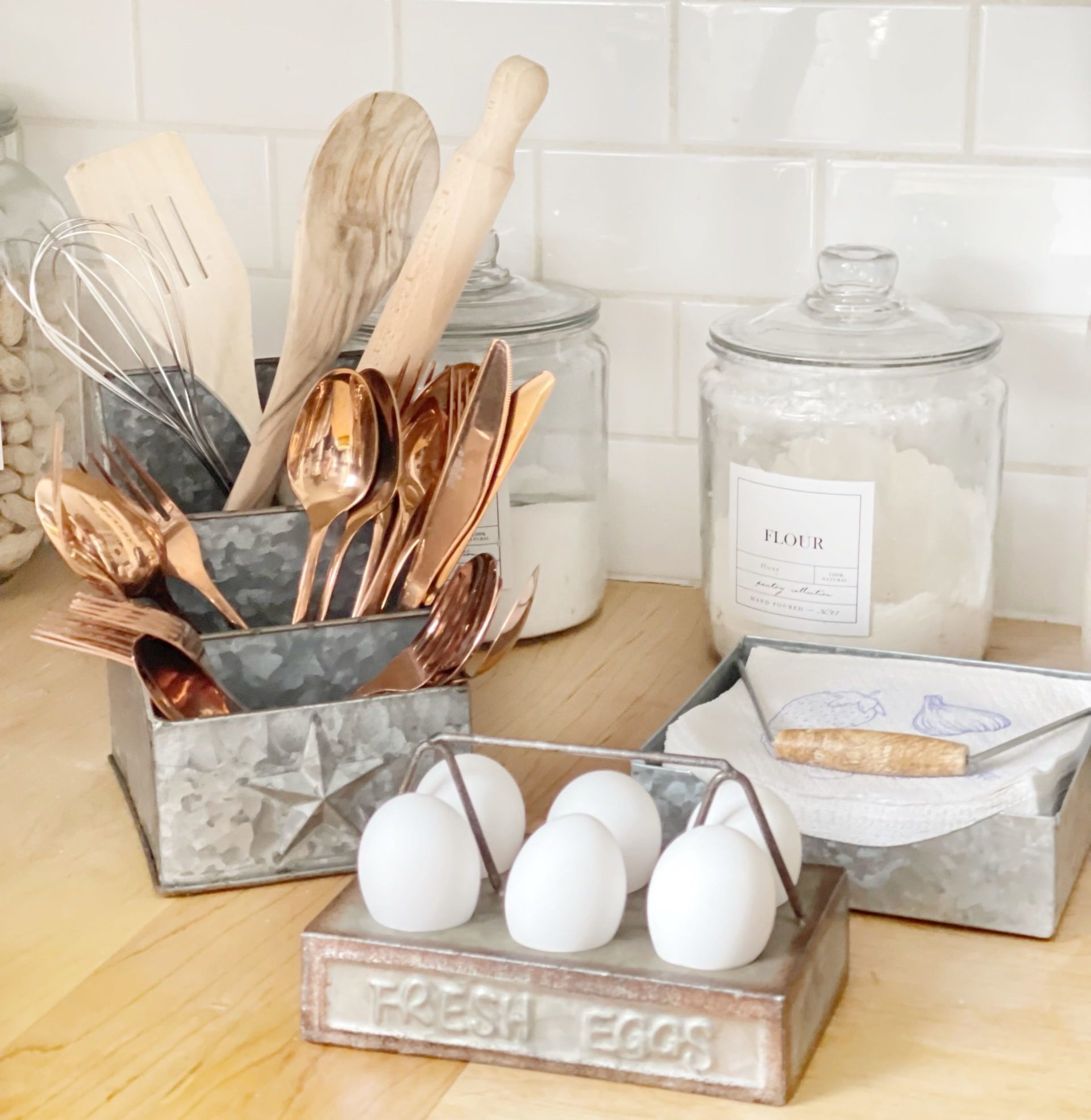5 Smart Tips for Choosing Furniture That Fits Any Room Design
Photo by pvproductions from Freepik
Have you ever walked into a room and felt like something was off? Maybe the furniture seemed too big, too small, or just didn’t quite fit the space.
Choosing the right furniture for your home can be a daunting task, but it’s essential for creating a comfortable and visually appealing living space.
Whether you’re furnishing a cozy apartment or a spacious house, the key is to select pieces that look great and function well within your space.
1 – Measure Your Space
One of the most common pitfalls in furniture shopping is neglecting to measure your space beforehand. To avoid this mistake, take detailed measurements of the room’s dimensions, including wall lengths, ceiling height, and any structural elements like windows, doors, or radiators.
Don’t forget to measure pathways or door frames to ensure larger furniture pieces can be moved into the room.
Once you have these dimensions, sketch a rough layout of your room or use a floor planner app to visualize how different furniture pieces will fit.
For example, a large sectional couch works beautifully in expansive living rooms but can overwhelm a smaller space. In compact environments, modular sectionals or loveseats might be a better choice.
| Expert Tip: Use painter’s tape to outline the dimensions of potential furniture pieces on your floor. A good rule of thumb is to leave at least 18 inches of walking space around furniture to ensure easy movement throughout the room. |
2 – Consider Multi-Functional Pieces
Photo by: user15285612 on Freepik
In a world where space comes at a premium, multi-functional furniture can save the day. Whether you live in a small apartment or need adaptable furniture for different uses, investing in dual-purpose items adds both practicality and style.
For example, coffee tables with lift-tops can double as desks or provide easy access to essentials like coasters, remotes, or even drink cans with eye-catching custom koozies. Sectional couches with hidden storage compartments can stow away blankets, pillows, or seasonal items, reducing visual clutter.
Opt for pieces that are easy to move and rearrange, allowing you to refresh your space whenever you feel like a change. Lightweight chairs, modular shelving units, and nesting tables are all great examples of adaptable furniture that can be easily reconfigured.
3 – Prioritize Comfort and Functionality
While aesthetics are important, comfort and functionality should always come first when selecting furniture. After all, what good is a beautiful sectional couch if it doesn’t provide adequate support for cozy evenings with your family or friends?
When choosing pieces, think about how they’ll be used daily. For living rooms, opt for couches or chairs with high-quality padding and durable upholstery. If you have pets or kids, consider materials like leather, microfiber, or performance fabric that can withstand wear and tear.
Functionality is key. Adjustable headrests, reclining seats, or sectional couches with ottomans provide tailored comfort, while furniture like extendable dining tables adapts to accommodate more guests when needed. Design tip: Incorporating cloth napkins and textured placemats improves the presentation, while centerpieces featuring flowers or candles add visual appeal.
Test out furniture in-store, if possible—sit, recline, and imagine how it fits into your routine. Buy items that balance style with the practical needs of your household.
4 – Stick to a Cohesive Style
One of the simplest ways to create a visually appealing space is to stick to a cohesive design style or color palette. Mixing too many design elements, textiles, or color schemes can result in a chaotic and disconnected look.
Start by identifying your preferred aesthetic—whether it’s mid-century modern, coastal, industrial, or traditional—and use it as a guiding principle for all your furniture and decor selections.
For example, a simple, streamlined sectional couch with clean lines fits beautifully into a minimalist home. In contrast, a tufted leather sectional might be the perfect choice for a traditional or industrial-style space.
If you’re drawn to a more dramatic, Old World aesthetic, incorporating elements like ornate wall sconces or displaying decorative high-quality swords as statement pieces can bring a unique, cohesive charm to your room.
Don’t worry about everything matching too much. You can still introduce variety through accent pieces, lighting, or decorative accessories like throw pillows and rugs. Just stick to a unified foundation for larger furniture pieces while using smaller items to inject personality and contrast into the room. By doing so, you achieve balance without sacrificing creativity.
5 – Don’t Forget About Negative Space
While it’s important to choose furniture that fits your room design, it’s equally crucial to remember the value of negative space.
Negative space, also known as white space, refers to the empty areas in a room that aren’t occupied by furniture or decor. Far from being wasted space, these open areas play a vital role in creating a balanced, harmonious, and visually appealing interior.
The table below compares the benefits of negative space with common mistakes and tips for incorporating it effectively into your room design.
| Benefit | Common Mistakes | How to Incorporate it |
| Visual Balance | Overcrowding the room with furniture or decor | Leave empty areas around furniture and avoid stuffing the room |
| Improved Flow | Blocking pathways or traffic areas with large furniture | Keep high-traffic zones open by choosing appropriately sized furniture |
| Highlighting Key Pieces | Over-decorating, causing furniture or decor to blend into the background | Use negative space to frame standout furniture |
| Flexibility | Overfilling every corner | Leave some areas of the room intentionally empty |
| Sense of Calm | Adding too many decorative items | Declutter frequently and don’t over-decorate surfaces |
Remember, the goal is to create a harmonious balance between furnished areas and open space. By thoughtfully incorporating negative space into your room design, you can create an interior that feels spacious, intentional, and visually appealing.
| Fact: Clutter raises stress levels, lowers self-esteem, and hinders focus. An organized space boosts productivity, reduces irritation, and improves mental clarity. |
Creating Your Perfect Space
Choosing furniture that fits any room design is both an art and a science. By following these five smart tips, you’ll be well-equipped to create beautiful, functional spaces throughout your home.
Remember, the key to successful furniture selection lies in thoughtful consideration of your specific needs, lifestyle, and space constraints. Take the time to measure your rooms, create detailed floor plans, and visualize how different pieces will work together before making any purchases.

